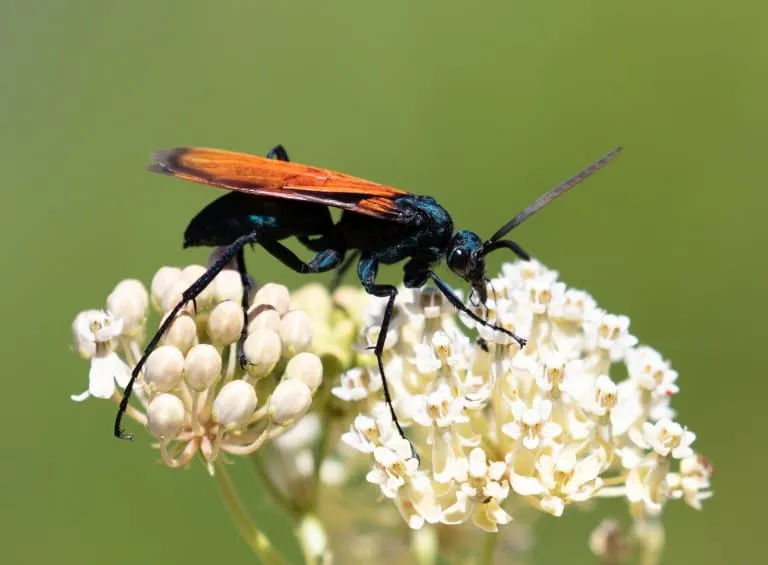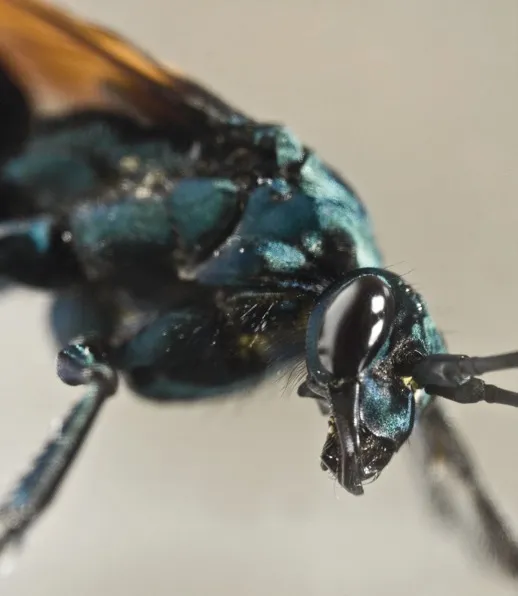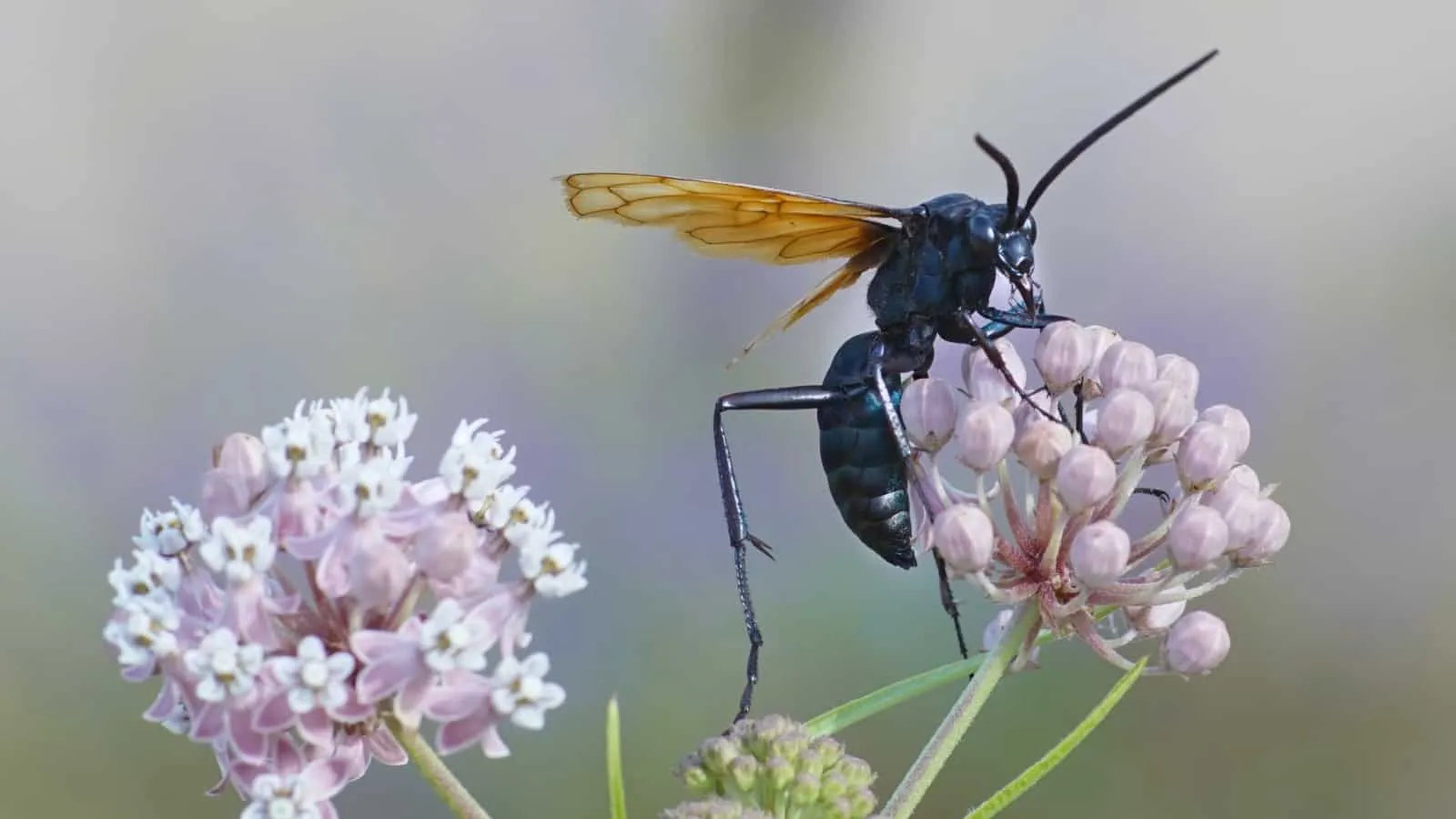The Amazing Baby Tarantula Hawk
The baby tarantula hawk, a fascinating creature of the insect world, is a miniature marvel of nature. These young wasps, while sharing the notorious reputation of their adult counterparts, exhibit unique characteristics and behaviors that set them apart. Understanding the life of a baby tarantula hawk offers a glimpse into the complex and often brutal realities of the natural world. From their appearance and diet to their growth and the threats they face, these baby wasps are a testament to the resilience and diversity of life. This guide will explore five key facts about these amazing creatures, providing a comprehensive overview of their lives.
Fact 1 What Do They Look Like
Baby tarantula hawks, also known as larvae, bear little resemblance to the striking, iridescent adult wasps. The larvae are grub-like in appearance, typically creamy white or yellowish in color, and lack the vibrant coloration of their adult forms. They are soft-bodied and legless, designed for a parasitic lifestyle. Their primary function is to feed and grow within the body of a tarantula spider, which serves as their host. The size of the larva varies depending on its stage of development and the size of the host spider. They are generally small, but their growth is rapid given the ample food supply. As they develop, they will molt several times, shedding their skin as they increase in size.
Fact 2 Where Do They Live

Baby tarantula hawks reside wherever their hosts, the tarantula spiders, are found. This typically includes arid and semi-arid regions of the world, such as the southwestern United States, where these spiders thrive. The larvae themselves are found within the spider’s burrow or, in some cases, on the spider itself. Their environment is dictated by the spider’s habitat, which is usually a burrow dug into the ground or a sheltered area under rocks or logs. The larvae are well-protected within this environment, shielded from the direct elements and many predators. The presence of the tarantula is key, as it provides both a host and a food source for the developing baby tarantula hawk.
Fact 3 Baby Tarantula Hawk Diet
The diet of a baby tarantula hawk is remarkably specific. Their food source is the tarantula spider, which has been paralyzed by the adult female wasp. The larva feeds on the spider’s body, starting with the less vital organs to keep the host alive for as long as possible. This ensures a fresh supply of food throughout the larva’s development. The larva’s diet is rich in nutrients, allowing for rapid growth. They consume the spider from the inside out, eventually consuming the entire host. The young wasps are essentially parasites, relying completely on the tarantula spider for their survival. The duration of the larval stage depends on the size of the spider and environmental factors, such as temperature.
Fact 4 Growth and Development
The growth and development of a baby tarantula hawk are a fascinating process of metamorphosis. After the egg is laid on the paralyzed tarantula, the larva hatches and begins to feed. As it grows, it molts several times, shedding its skin. The larva continues to feed and develop, eventually reaching its full size. Once fully grown, the larva spins a cocoon within the spider’s burrow, where it pupates. Inside the cocoon, the larva undergoes a complete transformation, developing into the adult tarantula hawk. This process can take several weeks or months, depending on the environment. When the adult wasp is fully formed, it emerges from the cocoon, ready to mate and begin the cycle anew.
Fact 5 Predators and Threats

Baby tarantula hawks face a variety of threats throughout their development. While they are relatively protected within the spider’s burrow, they are still vulnerable to other predators and environmental hazards. Some of the potential threats include other parasitic insects, spiders, and environmental factors such as extreme temperatures and lack of food. The larvae are also at risk if the host spider is killed by a predator before the larva has completed its development. The survival rate of baby tarantula hawks is relatively low, with only a small percentage reaching adulthood. The harsh conditions and numerous threats make their life a constant struggle for survival.
Conclusion
Baby tarantula hawks, though often overlooked, play a vital role in their ecosystems. Their parasitic lifestyle and remarkable transformation highlight the incredible diversity of nature. From their appearance and diet to their growth and the threats they face, these young wasps are a testament to the resilience and complexity of life. Understanding the lives of these creatures allows us to appreciate the intricate balance of the natural world and the fascinating stories hidden within it. The next time you encounter one of these amazing insects, remember the incredible journey they undertake from a tiny larva to a formidable adult.
